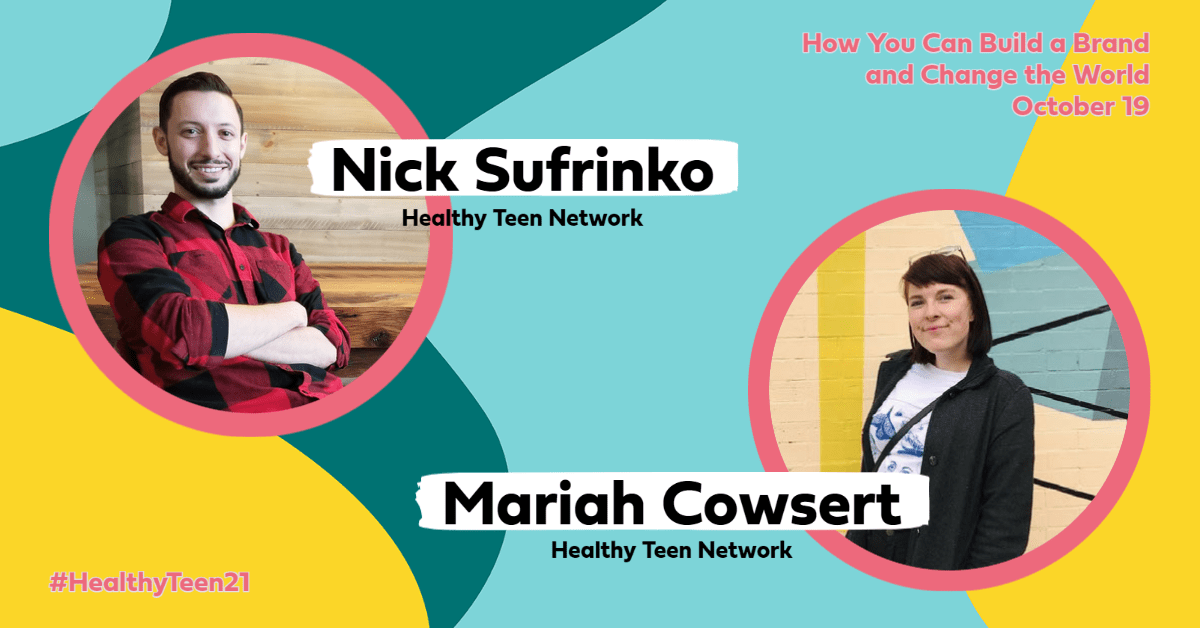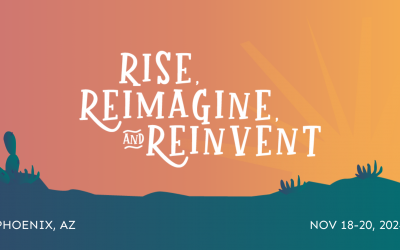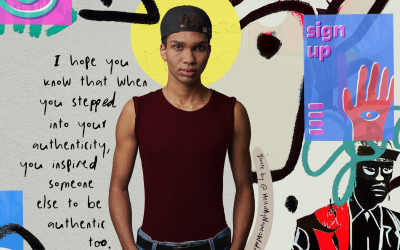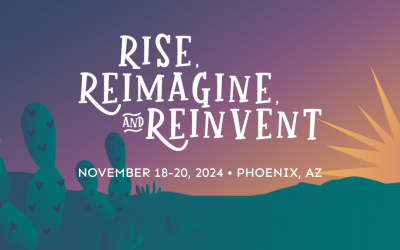

By Nicholas Sufrinko
October 1, 2021
It’s not just what you say, it’s how you say it—an adage said a zillion times over. And yet today, it’s one that’s felt with particular intensity and dismay across public health fields like ours, understandably exasperated by a public seemingly less willing than ever to heed what we say. Amid a public health crisis, no less.
But what if, for one moment, we instead focus on how we say it?
How we say it has been a central part of my work since “the before times.” Crammed high in a tiny loft in our post office-turned-office-office, my colleagues and I reimagined Healthy Teen Network’s how we say it—our brand voice. And we’ve done so for many health campaigns and products since.
I like to think of brand voice as “what you sound like.” In other words, it’s not what information you convey (e.g., health information), it’s, well, how you say it. For example, do you say it formally or casually? Seriously or whimsically?
Brand voice is often expressed in a list of three or so adjectives, like hopeful, sincere, and sensitive. Or confident, dramatic, and bold. Often, these trios read like personality traits. They may even conjure memories or thoughts a real person or character.
Brand voice is often expressed in a list of three or so adjectives, like hopeful, sincere, and sensitive. Or confident, dramatic, and bold. Often, these trios read like personality traits. They may even conjure memories or thoughts a real person or character.
For projects that communicate health information, establishing and sticking to an intentional brand voice is make or break. For example, when my team and I were creating Zola: The HPV Chatbot, we were careful to set a brand voice that was approachable and diplomatic. Choosing these characteristics was no accident.
With Zola, we wanted to encourage uptake of HPV-prevention vaccine among pre-teens and teens, the ages recommended by the CDC. In focus groups with parents, we learned that most parents—whether they ultimately chose to vaccinate their children or not—made their decisions similarly. Parents just want to do what’s right for their kids. Many in our groups arrived at a vaccine decision only after weighing an onslaught of pro-and anti-vaccine information. None took the decision lightly.
So, we chose to cast Zola as approachable to ensure parents felt comfortable coming to Zola for help with any HPV-related question or rumor, without judgement. And, rather than brandishing authority by sneering at vaccine misinformation, Zola is diplomatic, instead demonstrating an understanding for what many see as a difficult decision. All of Zola’s communication, from chatbot responses to social media ads are crafted to be approachable and diplomatic.
Sometimes, a set of brand voice attributes exist in tension. For example, my team and I recently established the brand strategy for True You Maryland, a project that champions the transformational impact of sex education in rural Maryland. With local adolescents, we set a brand voice that is at once feel-good and gentle. In one sense, feel-good may suggest a certain level of excitement: the drop of a roller coaster, an outdoor concert, the crowd cheering at a football game. But when combined with gentle, a different mood surfaces—one that’s as calm as it is satisfying. I find setting a brand voice with attributes in tension is often quite productive and generative. Like real people, they’re complex, rarely one-dimensional, and almost always memorable.
In any case, creating a list of dos and don’ts from your brand voice attributes can help you put them in action. For Zola, that meant repeating often the user’s name and acknowledging the challenges of parenting. For True You Maryland, that meant using affirming, positive language even when talking about complex health issues.
Because today, it’s not enough for health information just to be accurate. In these challenging times, how you say it matters now more than ever.

Join Nicholas and Mariah Cowsert at Healthy Teen Network’s annual conference, #HealthyTeen21, for How You Can Build a Brand and Change the World.
If we can help you uncover your own brand voice, get in touch.
Nicholas Sufrinko is a Creative Direction and Product Design Manager at Healthy Teen Network and is the brand and creative lead behind many of our projects. You can often find him hiking, biking, or stargazing. Read more about Nick.
















